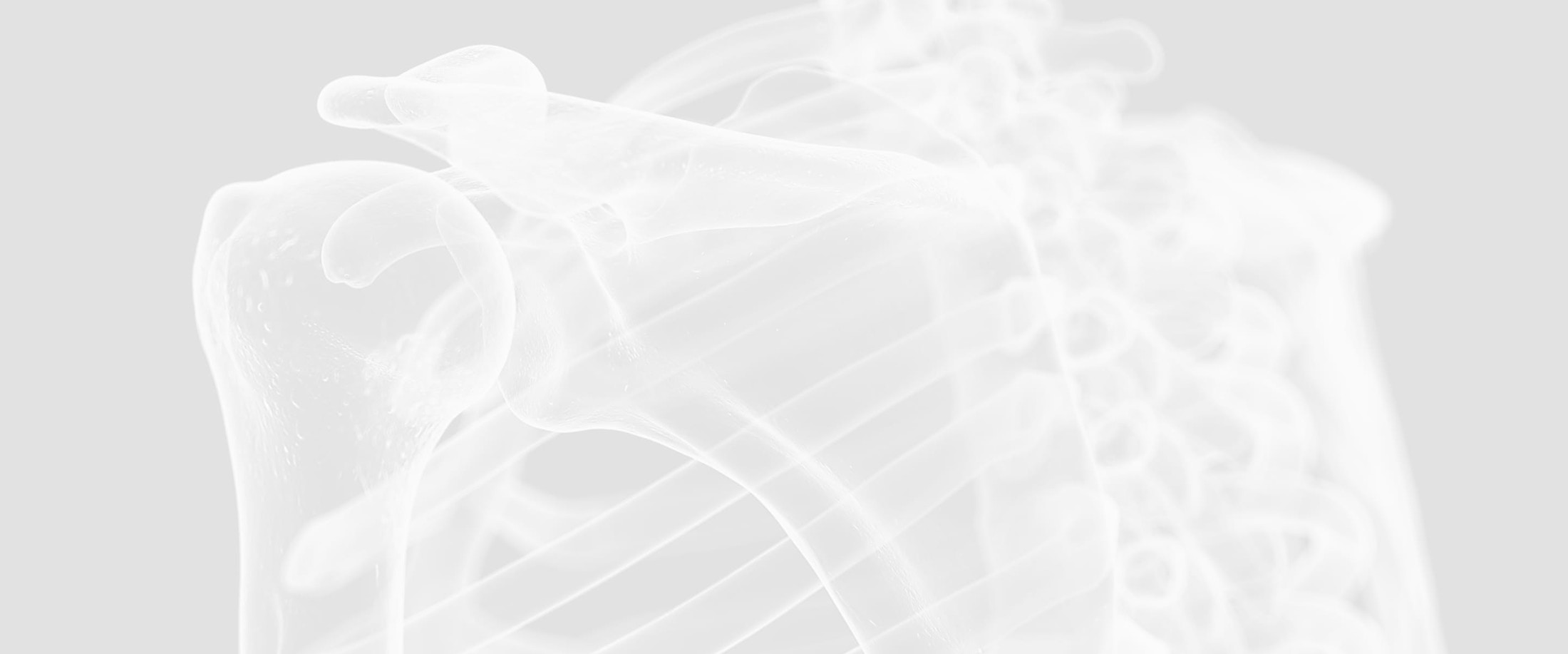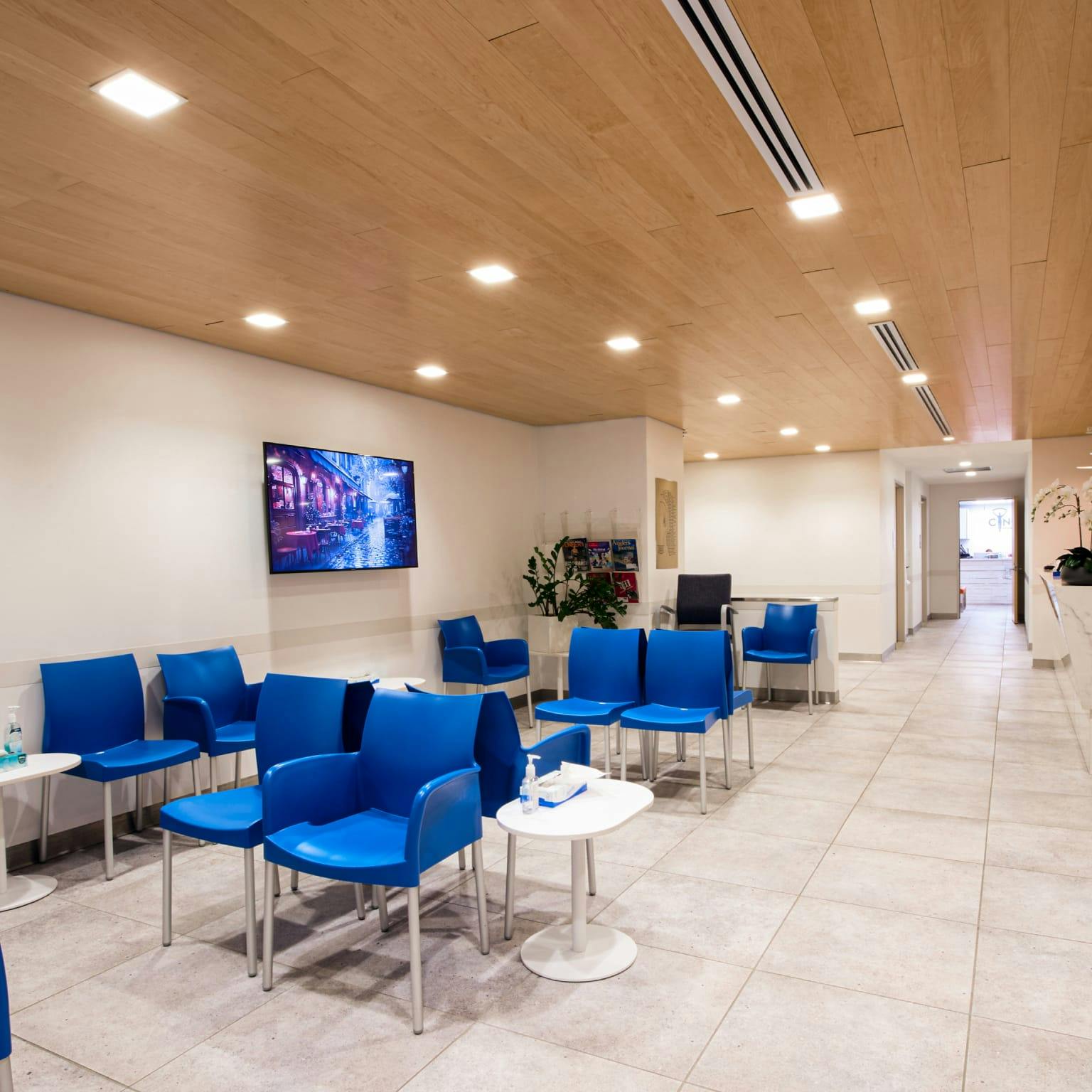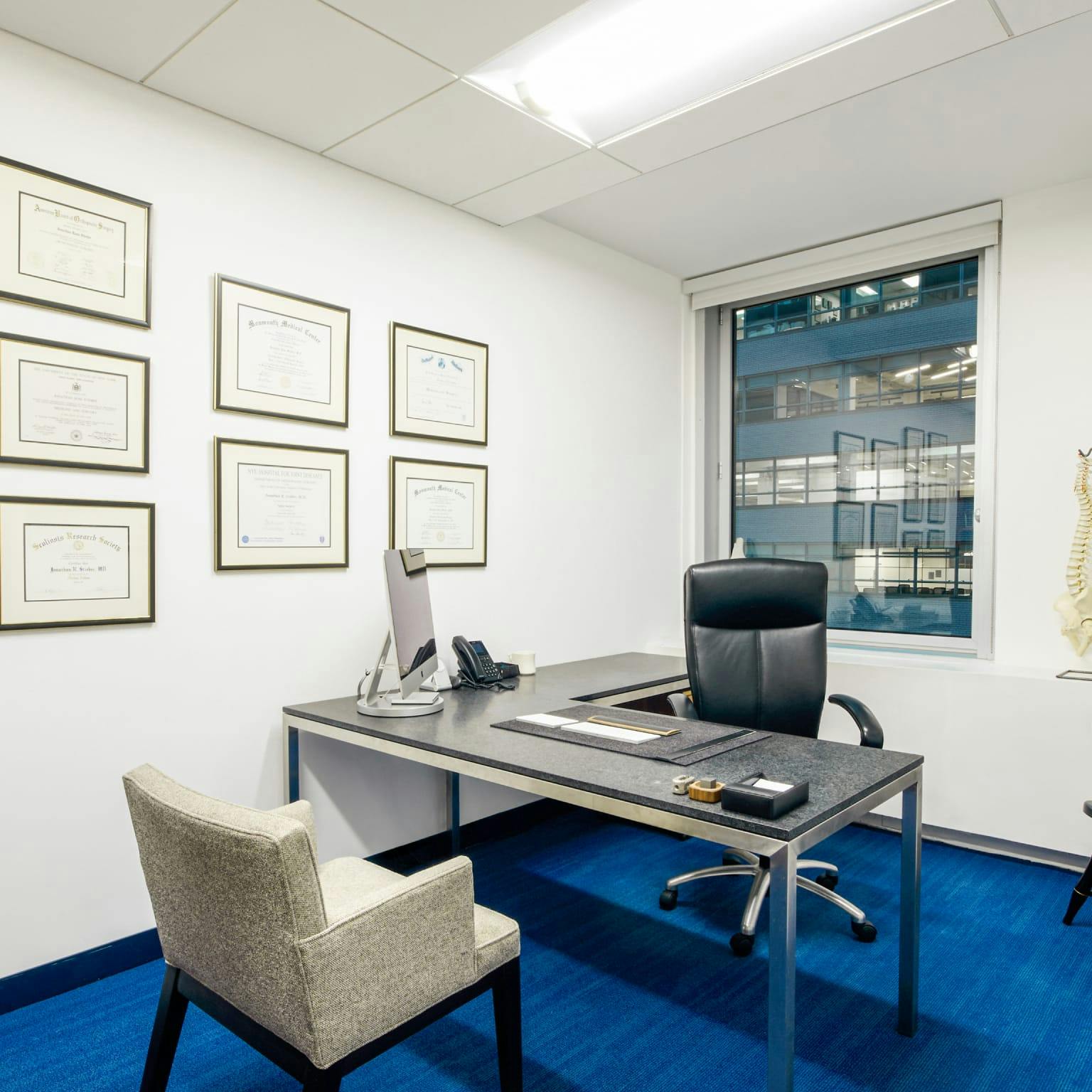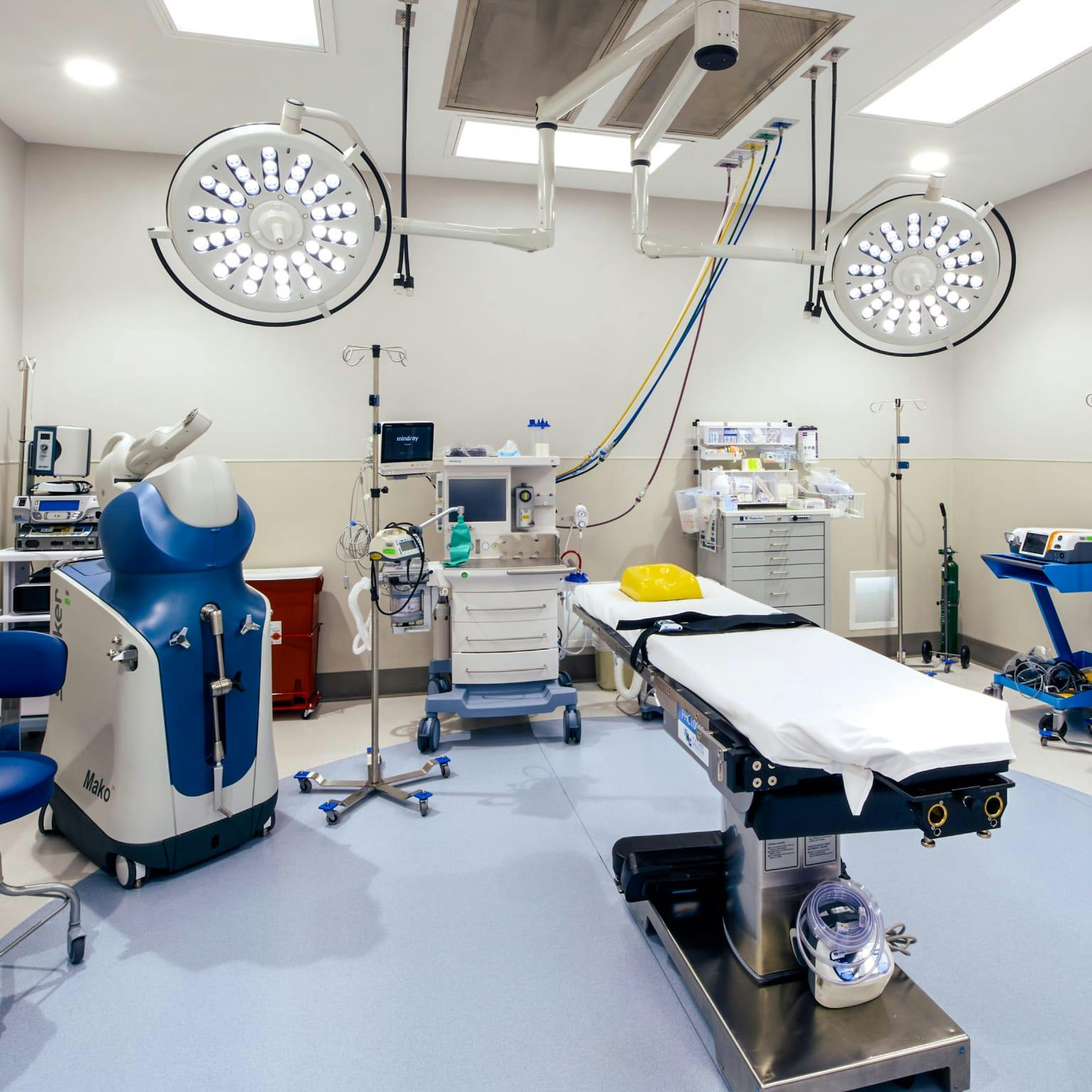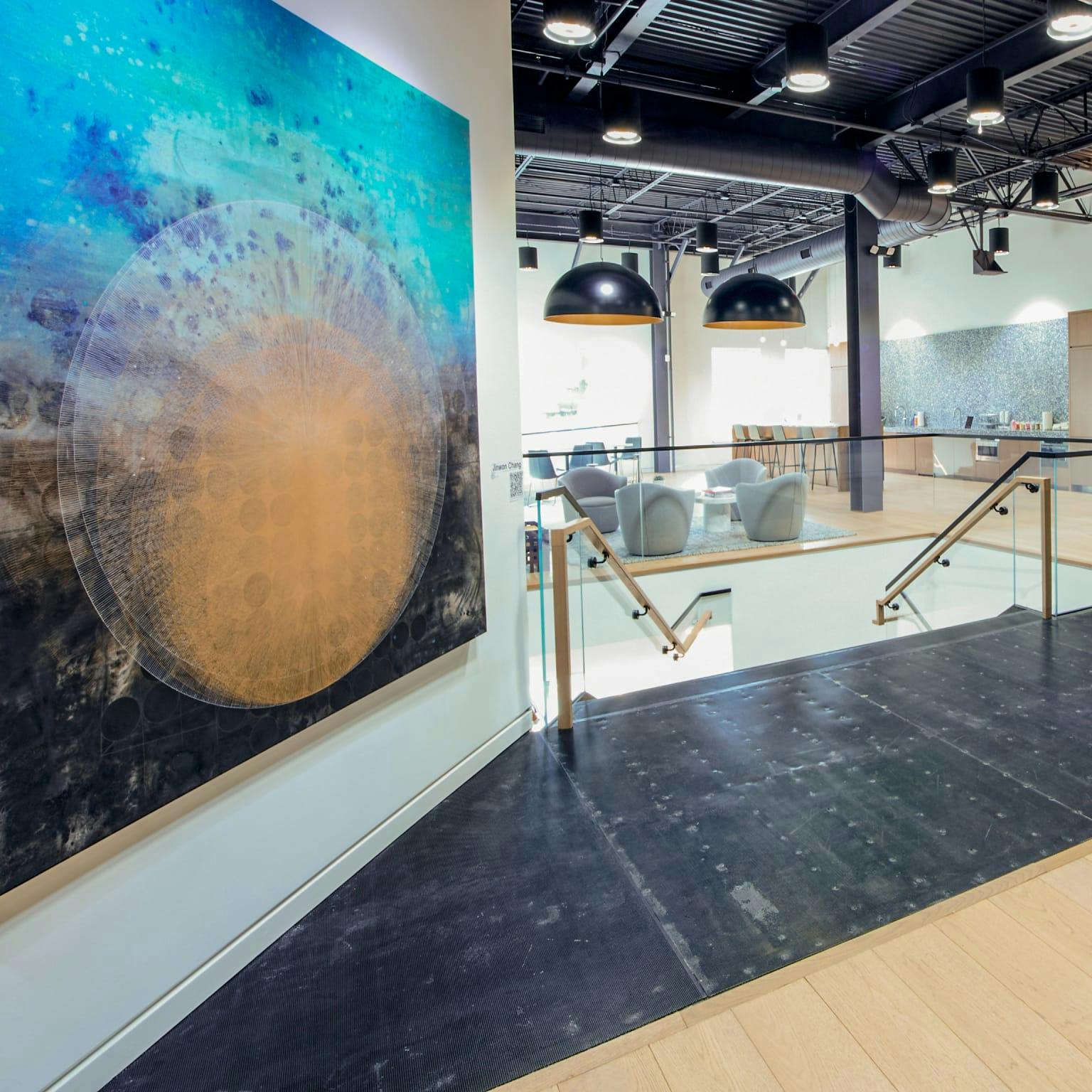Types of Kyphosis
Scheuermann’s disease is a relatively rare condition that begins in childhood. Although the exact cause of it is unknown, the front of the vertebral body becomes shaped like a wedge. The wedge deformity causes the vertebrae to angle forward, bringing about an exaggerated curve of the thoracic spine. Very often the disease is not discovered until adolescence, when many patients, particularly boys, begin to complain of back pain and difficulty in maintaining a normal posture.
Scheuermann’s disease can sometimes go unnoticed until adulthood, as there can be a tendency to mistakenly attribute mild kyphosis to poor posture. Unusual or increasing back pain usually drives patients to seek a medical diagnosis. The pain of Scheuermann’s disease is felt below the deformity, along the side of the spine.




